► Peugeot’s 508 PHEV tested
► Up to 39 miles of e-range
► Quiet, comfy and stylish
Peugeot’s 508 is already one of the slickest, most unique saloons we’ve driven – and now it’s available in plug-in hybrid. It’s the latest model to benefit from PSA’s electrified push, and now has the low running-costs to ram home its company car credentials.
It also means the 508 is now a direct rival to the BMW 330e, Ford Mondeo Hybrid and Volvo S60 T6 (and, to a lesser extent, the T8 Polestar Engineered). So how does it fare against the electrified competition? Keep reading to find out.
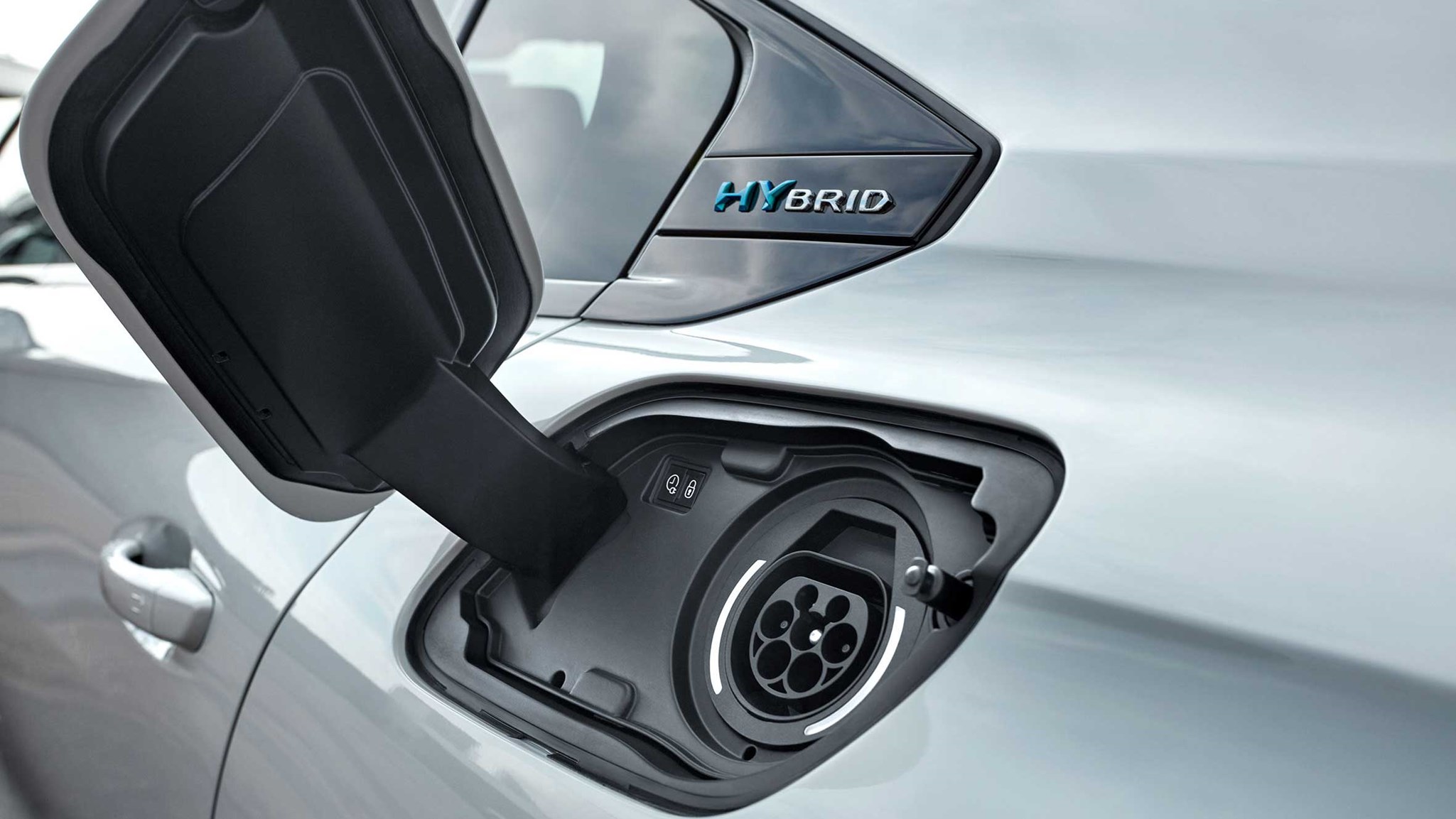
What’s under the skin?
It’s the Groupe PSA EMP2 platform used by Peugeot, Citroen, DS and Vauxhall and it’s designed to run petrol, diesel and plug-in hybrid powertrains from the off. That early planning means that this hybrid 508 has the same boot volume as its engine counterparts.
Peugeot’s electric plans explained
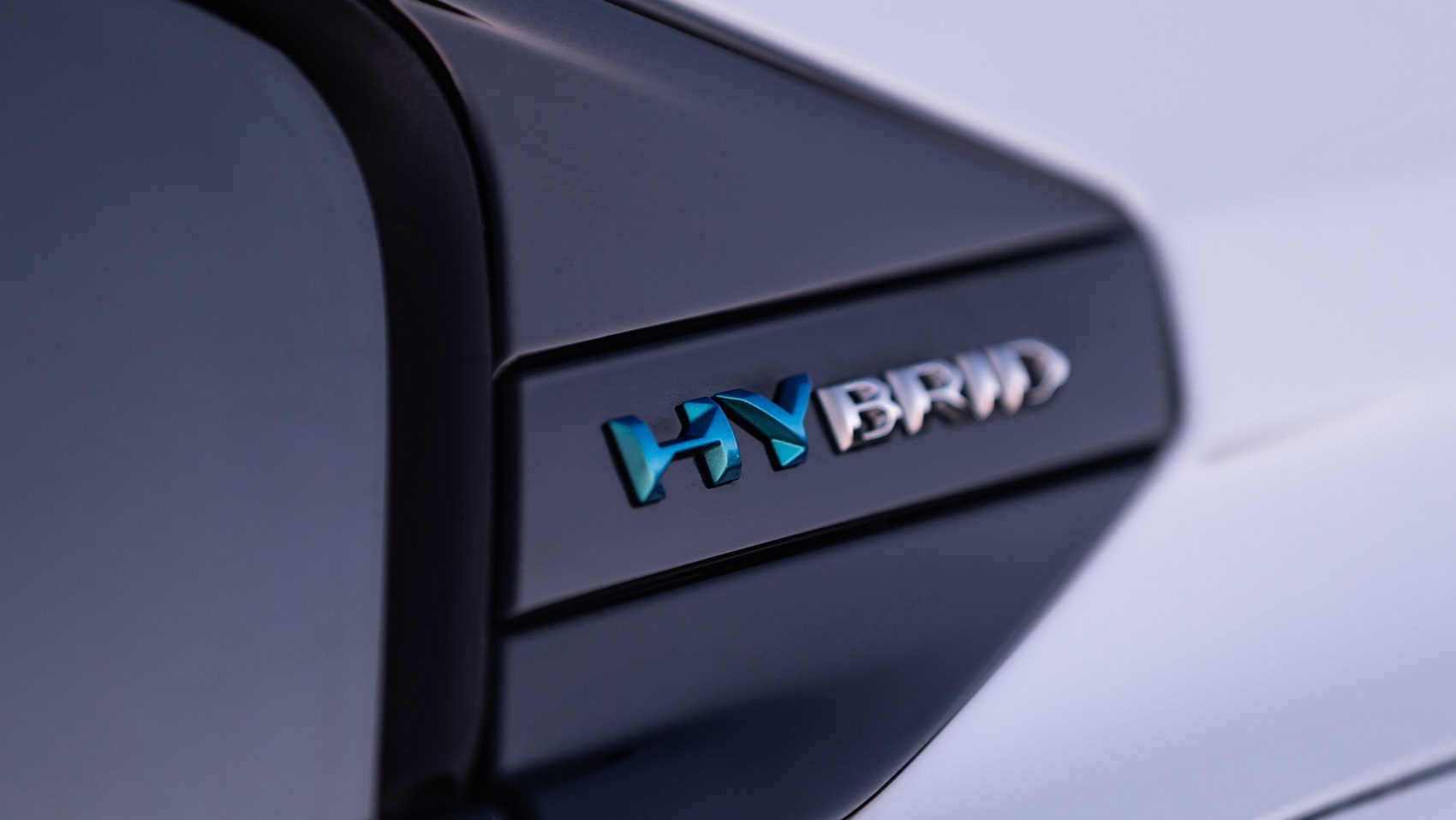
Power is designed to echo the punchiest petrol model the 508 offers, so there’s 222bhp on offer from the combined 1.6-litre turbo four-cylinder and single e-motor when the two work together, both driving the front wheels. Unlike the 3008 and 5008 hybrids, there’s no all-wheel drive version here.
Peugeot claims a top speed of 84mph in electric-only mode and says the 508 HYbrid is capable of up to 39 miles of range from the battery. During our test, we saw no more than 28 miles on the range predictor.
It’s still a pretty beast…
Absolutely – few cars in this sector have such visual drama inside and out as the 508 does. Mid-range Allure spec and below don’t get those cool ‘fang’ daytime running lights but, even without them, it’s a sleek shape. That sloping roofline doesn’t do wonders for rear headroom, but legroom is good enough for adults.
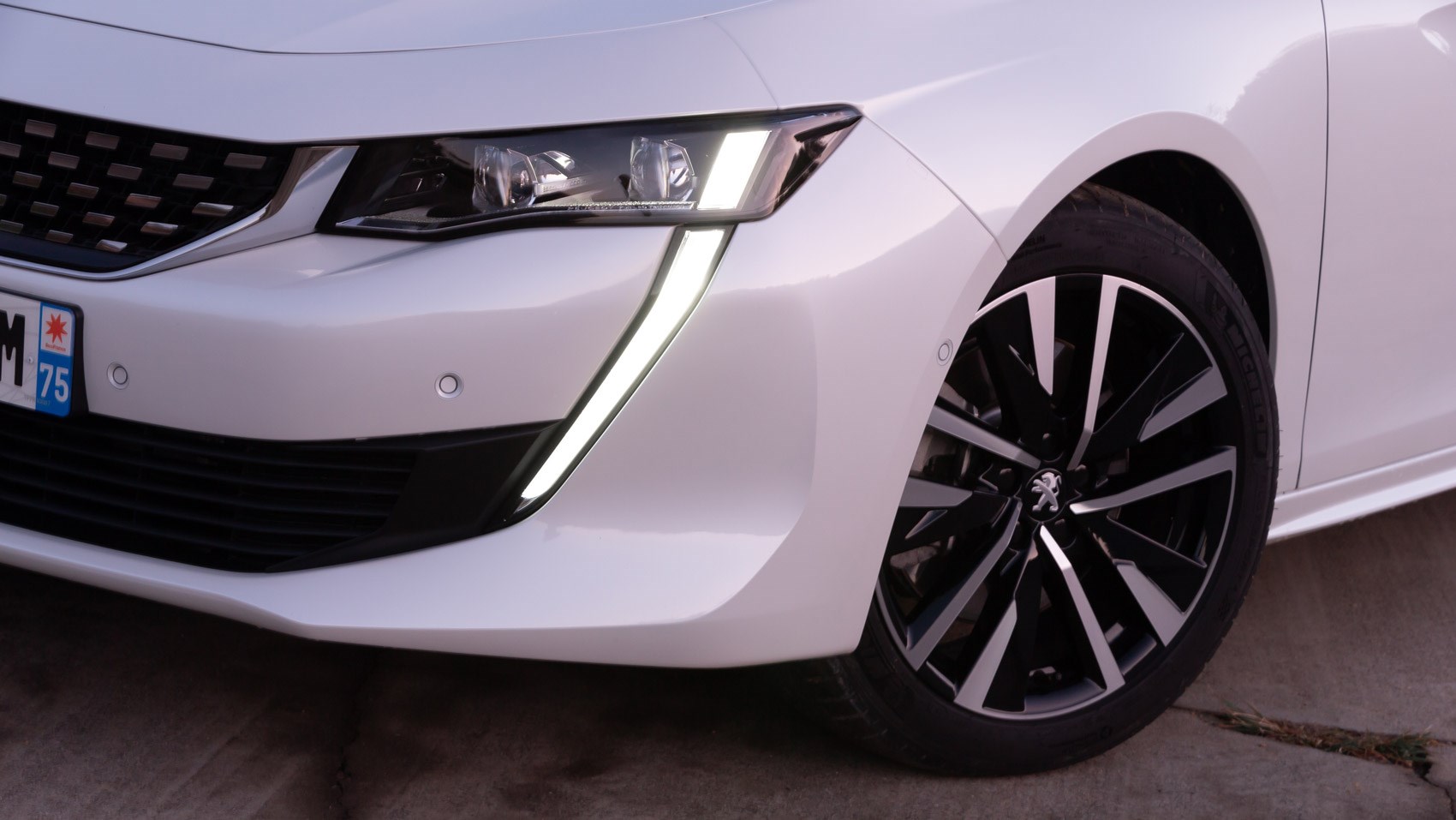
Inside, Peugeot’s i-Cockpit design still looks fresh and material quality is impressive. You still have to endure PSA’s rather fiddly infotainment system, but the glossy widescreen layout in the dash is the most high-resolution version we’ve seen of it.
For the HYbrid version, there’s an extra button with a little lightning bolt on the piano key-esque dashboard arrangement. It allows you to charge the battery on the move (at the cost of fuel efficiency) and manage charging times. It also shows you the energy flow graphic – a staple of hybrid cars – which can be seen in the i-Cockpit digital instruments, too.
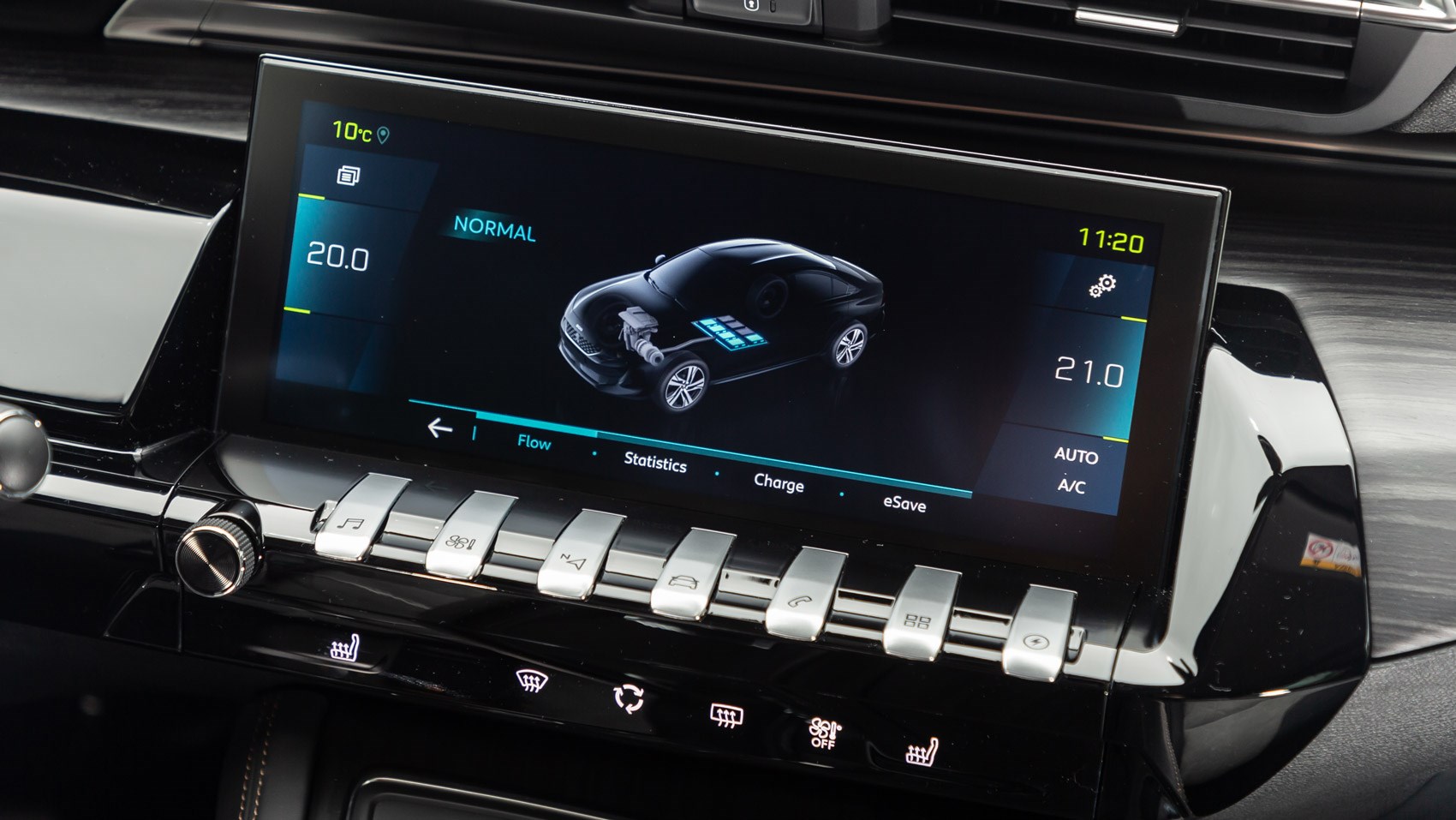
One huge benefit the 508 brings is a super-low driving position; the seats adjust so far down you feel like your bum is going to scrape the tarmac, which injects a little extra bit of dynamism to the mix.
Is it that dynamic on the road?
Well… not quite, but it’s a very sweet cruiser. Our test car was an Allure with the full LED lights and active suspension option boxes ticked. With the active suspension option, a Comfort drive mode is included and the dampers firm up when you switch over to Sport. In Comfort, the suspension really soaks up the lumps and bumps and effectively makes the 508 glide along the motorway. Soundproofing is impressive, too, so long motorway drives are comfortable and quiet.
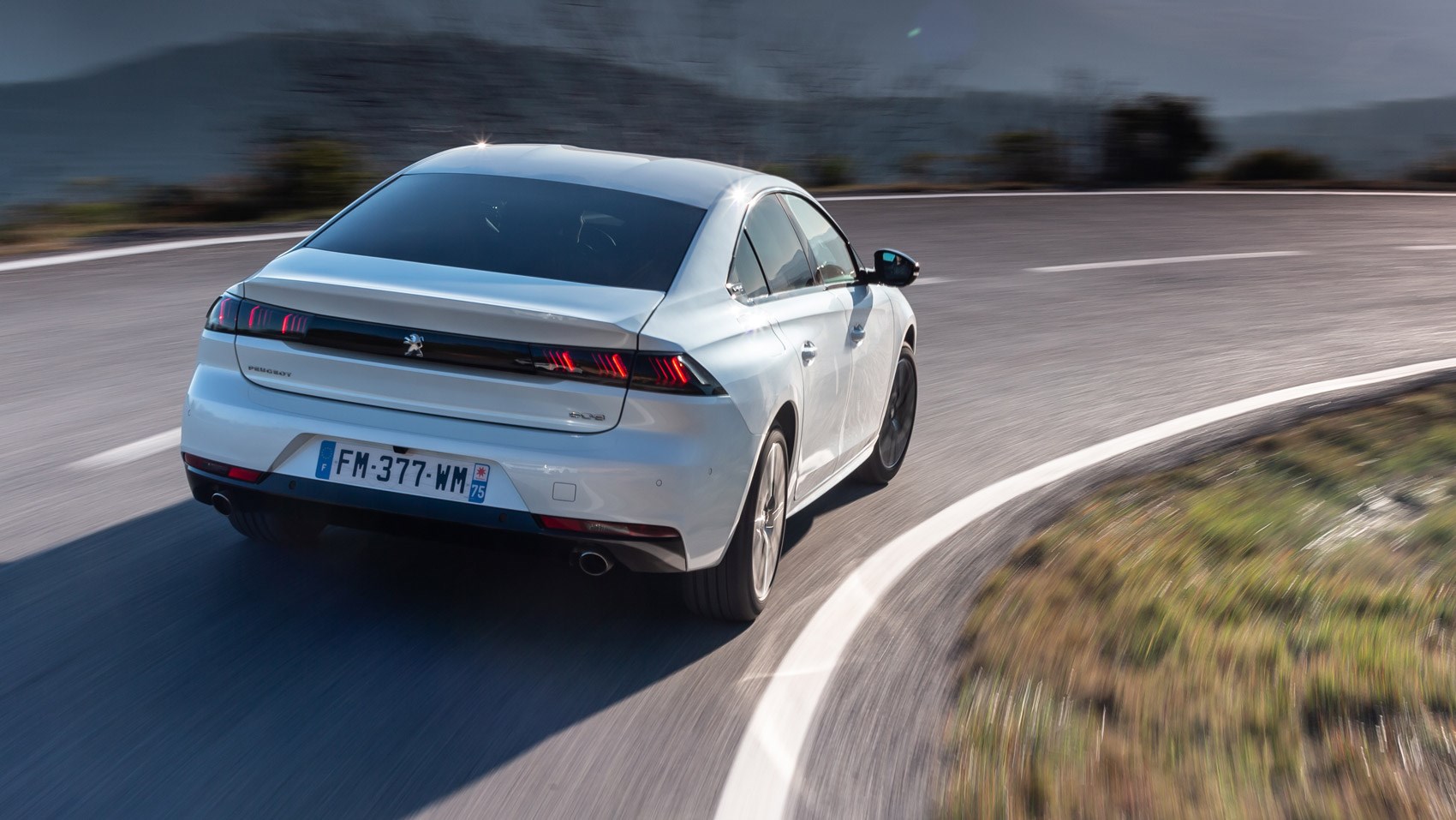
Like every Peugeot, the 508 benefits from quick but precise dteering. The minute steering wheel sits just below the instrument arrangement. While it’s a refreshing novel approach for the majority of drivers, a few may find the wheel blocking the dials – which isn’t ideal.
In the bends, that tiny wheel pays dividends as you’re exerting smaller steering inputs but, no matter what mode you’re in, the steering weight is light. Hard cornering in anything lower than Sport is a little roly-poly, too – partly thanks to the extra battery weight.
How does the hybrid powertrain feel?
It’s a really smooth application. A sleek executive car like this fits well with the silent running capabilities of a PHEV, and there is genuinely usable e-range; we’ve driven through and around towns without the engine coming on at all and still having a little range left for elsewhere. There’s a marker on the power meter that lets you know how much you have to press the throttle for the engine to engage which, in our experience, is high enough to allow the 508 to zip away from some lights with the engine still asleep.
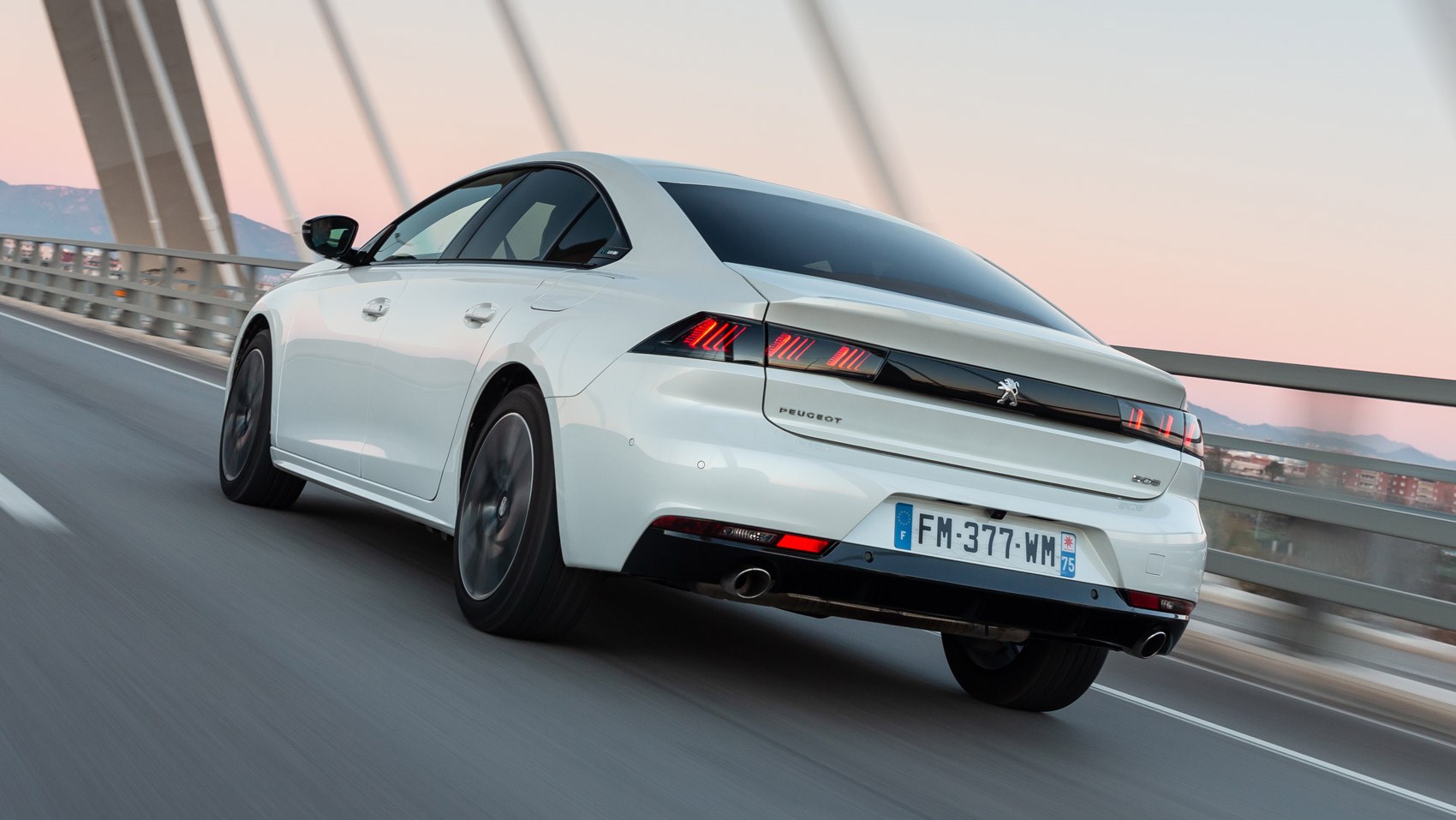
Combining the two power sources is, naturally, a potent mix. Floor it and the raspy four-cylinder makes itself known in terms of noise, but the power from it mixed with the torque of the electric motor is punchy, to the point that it actually feels faster than the 8.3sec 0-62mph time suggests. A few quick stamps of the throttle doesn’t completely ruin the battery range, either, but unlike Volvo PHEVs, the 508 will happily let the battery run flat.
Pressing the brake pedal is equally exciting but not in a good way; it’s tremendously soft – a trait of many PSA cars that’s only exacerbated here by the balancing of the physical brakes and the energy recouperation the hybrid powertrain. Sometimes a little squeaky if short, hard braking inputs are needed.
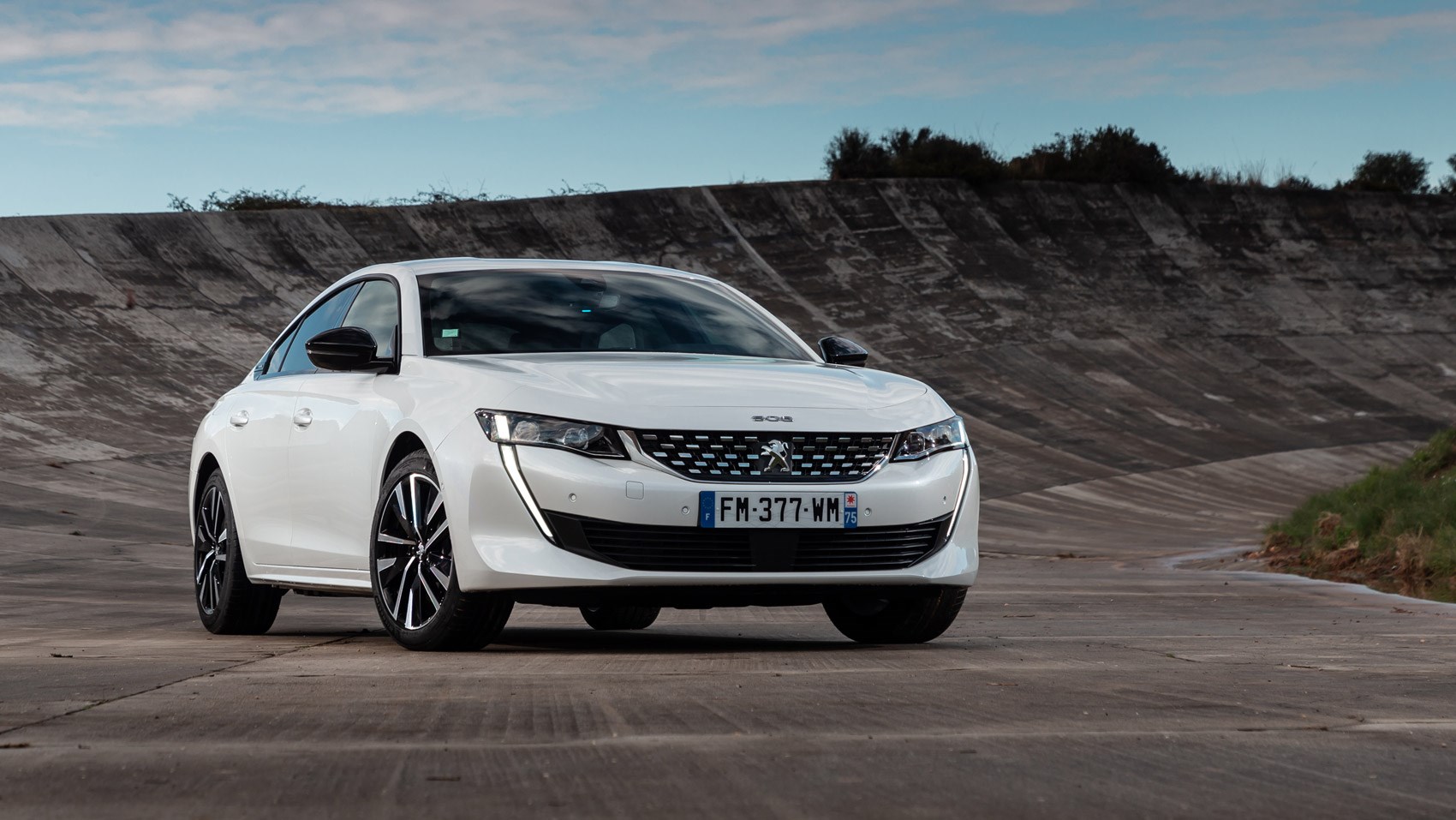
Peugeot 508 HYbrid: verdict
Peugeot’s sleek exec is arguably the best fit for a plug-in hybrid powertrain in the brand’s range. Don’t come here looking for sharp handling, though – that’s what BMW’s 330e is for – and the cabin could be more spacious.
But this will appeal not only to company car buyers for its low BiK rates for company car buyers, but those attracted by the general comfortable and quiet vibe the 508 provides in spades. The addition of e-power adds plenty of extra torque and some truly usable e-range, too.
Check out more Peugeot reviews here